Pearl Gourami
R85.00
Before ordering live fish, please click to check if we can safely ship livestock to your location.
Please note that fish image is a representation of what the fish might look like as an adult.
Pearl Gourami (Trichopodus leerii) are freshwater fish recommended for the intermediate aquarist (mainly due to size). They are hardy and easy to care for. Adult size: up to 13 cm, peaceful and a good community fish. Do not keep with fin-nipping fish as their large fins are a prime target.
They are native to Thailand, Malaysia and Indonesia. Where they live in shallow tropical waters with plenty of vegetation and acidic water. They are from the Osphronemidae family. This family includes lots of different gourami species, including the popular dwarf and kissing varieties.
The spots make them easily distinguishable from other gourami species, but their fins, size, and colors are different as well. They have thin, large and wide fins. These give them an elegant and delicate look. Since their fins are so big, they are a prime target for fin-nipping fish. A pair of modified pelvic fins can be found hanging beneath them while they swim. These thin fins are nearly as long as the body.
It’s easy to tell males and females apart. Males develop a red breast as they mature, which gets brighter when mating and turns them into one of the most colorful fish around. Their dorsal fins are longer too.
Behaviour
Pearl gourami share lots of behaviors with other gourami species. Most of their time will be spent swimming around the mid to upper levels of the tank.
You can keep these fish on their own, but they do much better in a group of around four or more. They’re social animals so you’ll see a lot more of their natural behaviors when keeping a shoal of them.
Occasionally you’ll see them head to the surface, this is them heading up for oxygen. Whilst most fish breathe using their gills, some fish such as pearl gourami can also breathe through a labyrinth organ which takes oxygen directly from the air rather than water.
During spawning they can become particularly aggressive. Males are the most aggressive; they’ll fight over females and scare off any fish that comes near their nest.
The only thing you really need to consider when keep more than one is their sex. If the ratio of males to females is too high, they’ll start to fight. 1 male to 2-3 females is best. These numbers will help people hoping to breed them too.
Tank Conditions
The best way to keep your gourami happy is to design your aquarium to be as close as possible to their natural environment. This lowers the risk of any health problems or hunger strikes.
They’re usually found in slow-moving, shallow waters, that can vary in condition. This means a wide range of pH and temperature. Something that’s a little more consistent is the abundance of vegetation. These fish prefer densely planted environments that offer both food and shelter.
Ideally at the bottom of the tank use a sand substrate, since this is what they’d be used to in the wild. Fine-grained gravel can also be used as a substitute since the gourami will be higher up in the tank most of the time.
You will also need to add plants to the tank (java fern and anacharis are ideal). Live plants are best as they can be eaten and help to make the water cleaner. Decorations are less crucial but can make the tank a bit more interesting. Your gourami might use any caves you make from time to time.
As fish that swim in the upper levels of the tank, the type of substrate you use isn’t that important. A sandy substrate would most closely resemble their natural habitat. The plants are a lot more important. Your tank needs planted areas to act as hiding spots. Hornwort is a good option since it can cope with being eaten now and then. It can be used as a floating plant too which adds a little variety. You can use rocks to make some caves along the bottom of the tank, but they’ll be empty most of the time.
Other than the heater, the only piece of equipment you’ll need is a filter to clean the water. Some people like to add an air pump to circulate and oxygenate the water. This isn’t needed though as pearl gourami prefer calmer waters and get their oxygen from the air.
Keep the tank clean and keep nitrate levels as close to zero as possible by performing 25% water changes every couple of weeks. You don’t need any special equipment, just a filter and a heater. Some people add air pumps to their tanks, but this isn’t important because these gourami aren’t used to strong currents and get some oxygen from the air at the surface.
Pearls need at least a 100 litre tank. If you are keeping a small group you will need at least a 150 litre tank. Plan on 25 litres per additional gourami.
Compatibility
Pearl gourami are generally peaceful fish, they make great additions to community aquariums. This means there are lots of possibilities when thinking about tank mates. The best choices are small and peaceful fish like pearl danios or neon tetras. You can venture into larger fish as long as they don’t have a reputation to be territorial or aggressive. Since Pearls have large fins, they are a prime target for fin-nipping fish so avoid them (like tiger barbs).
Loaches and catfish are safe additions too. Most of their time will be at the bottom levels of the tank so they won’t come across the gourami too often; you should still choose peaceful species though, like Corydoras or yo-yo loaches.
Any large or overactive fish should be avoided. These will stress out the pearl gourami, causing them to hide away, pale in color and may lead to health problems.
As long as the fish are peaceful and not to large, they will make great tank mates for your Pearls, some other ideas include:
- Dwarf Cichlids
- Small Tetras
- Danios
- Guppies
- Platies
- Swordtails
- Hatchetfish
It’s easy to forget that your options as tank mates aren’t just restricted to fish; other creatures like shrimp or nerite snails can be added too. Not only do they look different, they eat algae too (helping to keep your tank clean).
Fish Compatibility Chart
Feeding
Most gouramis are omnivorous and will thrive on tropical flakes, color flakes, tropical granules and shrimp pellets. Even though they will eat both plant and animal matter, they should be given a high protein diet. Live and frozen foods are a good way to introduce protein into their diet. Things like brine shrimp, mosquito larvae and bloodworms will be happily accepted. There are lots of choices for vegetation. Algae wafers and green vegetables are fine. Your plants could get attacked from time to time but they should survive, especially if you’ve picked a hardy species.
Twice a day, feed your fish whatever they can eat within a couple of minutes. Breaking up the feeds makes it easier on their digestive system. Remove any excess food to prevent it rotting in the tank and hurting the water quality.
Care
One of the most common problems for this species is fin rot. This is a bacterial infection that results in decay and discoloration of the fins. The bacterium thrives when the water quality is poor and will more likely become an issue if the fins are already damaged. This is another reason to avoid fin-nippers. If you find that your fish do have fin rot, perform water changes more regularly. Antibacterial medications can be added to the water to control the infection.
Even though they naturally live in acidic water, those bred in captivity can tolerate a much wider pH range (6-8).
They’re a tropical species so the water needs to be heated to 25-28°F. The water’s hardness should be between 5-15dH.
See Fish Disease Diagnosis and Treatment at Rebel Pets for help with diagnosing and treating diseases.
| Category | Rating |
|---|---|
| Adult Size: | 10 – 13 cm |
| Aquarist Experience Level: | Intermediate due to size |
| Minimum Tank Size: | 100 litres, +25 litres/add. fish |
| Temperament: | Peaceful, good community fish |
| Tank Level: | Mid to Upper levels dweller |
| Diet: | Omnivore, eats most foods |
| Aquarium Hardiness: | Hardy |
| Lifespan: | up to 5 Years |
| Water Flow: | Moderate |
| Temperature: | 50 to 28°C |
| pH: | 6 – 8 |
| Hardness: | 5 – 15 dGH (soft) |
Shipping Countries: South Africa
Shipping States: Gauteng (South Africa)
Specification: Pearl Gourami
| Weight | 0.25 kg |
|---|

Vivarium Rain Forest Rainmaker
Product Enquiry

R85.00

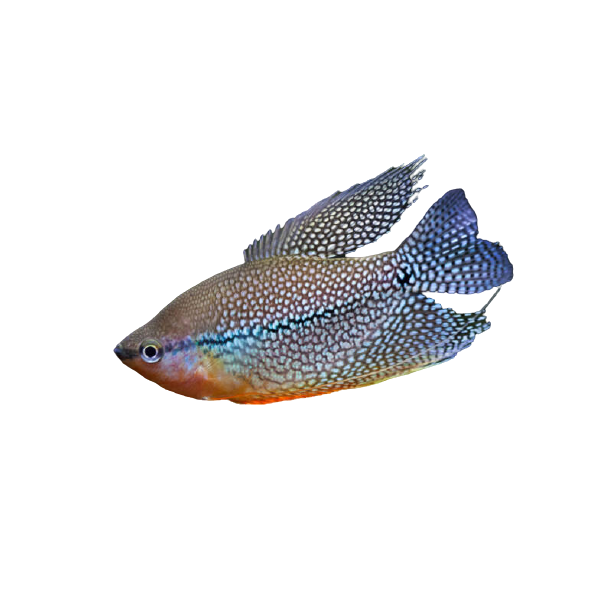
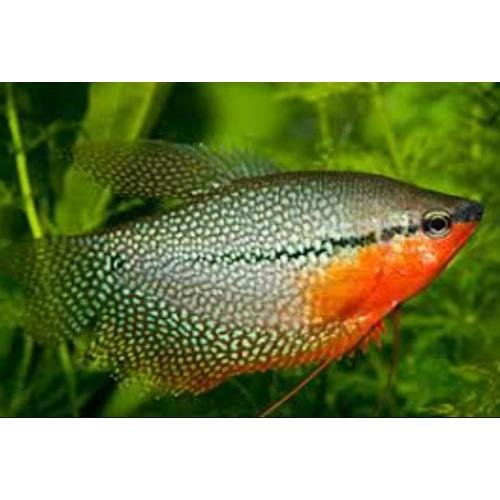








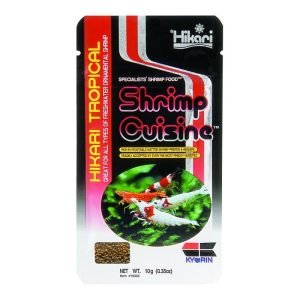
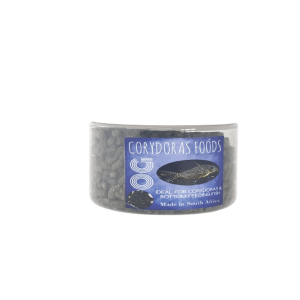
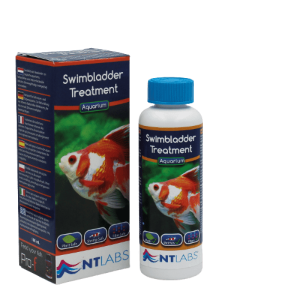





There are no reviews yet.